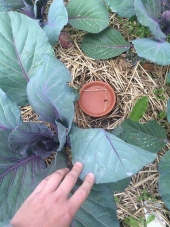








Brenda
Bloom where you are planted.
http://restfultrailsfoodforestgarden.blogspot.com/








Brenda
Bloom where you are planted.
http://restfultrailsfoodforestgarden.blogspot.com/
















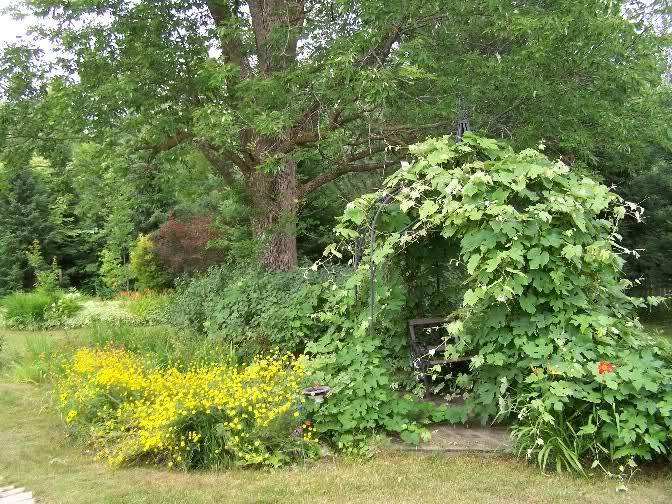
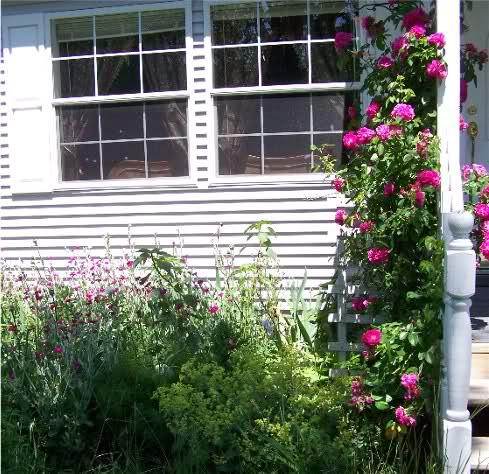
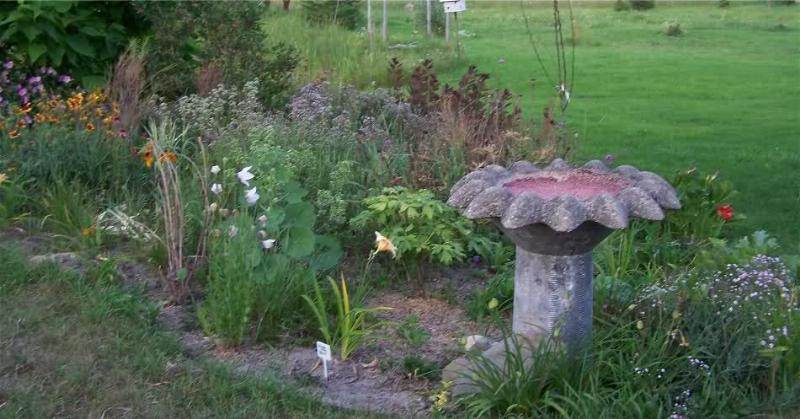
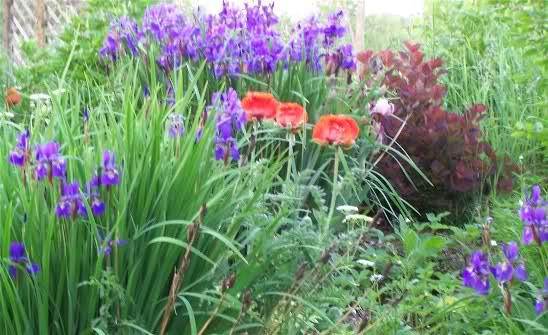
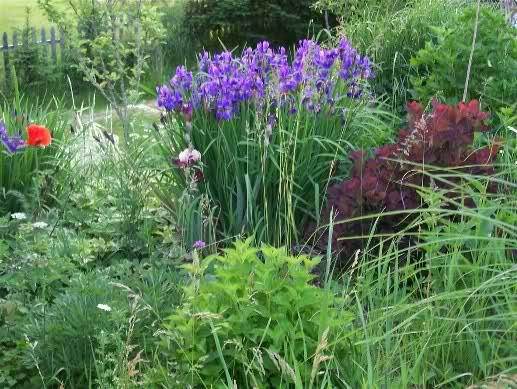
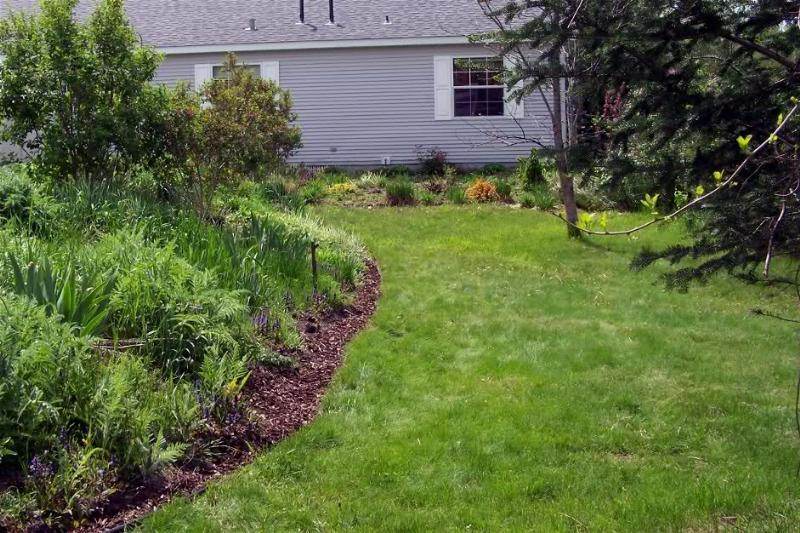
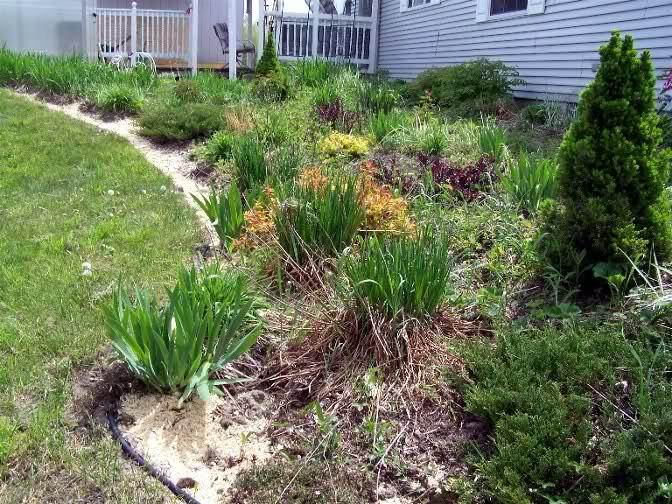
Brenda
Bloom where you are planted.
http://restfultrailsfoodforestgarden.blogspot.com/




Seed the Mind, Harvest Ideas.
http://farmwhisperer.com




"Although the world is full of suffering, it is full also of the overcoming of it." - Helen Keller
--
Jeremiah Bailey
Central Indiana




TCLynx
 2
2




kpeavey wrote:
Do a google search for PITCHER IRRIGATION.
Weeds starting from seeds don't have a chance. The greater the need for water, the faster it moves out of the pot. Its a beautiful thing.





Seed the Mind, Harvest Ideas.
http://farmwhisperer.com




 Will definitely be trying this out in garden beds that are not already well served by what I have going.
Will definitely be trying this out in garden beds that are not already well served by what I have going.TCLynx





Seed the Mind, Harvest Ideas.
http://farmwhisperer.com





TCLynx





Seed the Mind, Harvest Ideas.
http://farmwhisperer.com




 1
1




LazyLocavores wrote:
Found another creative irrigation technique this week. We are planting our squash in hills with the center of the hill being a white bucket buried partially in the top of the hill. There will be a hole in the bottom of the bucket as well as a few small holes (maybe four) around the sides of the bucket below the soil line.
http://www.greenshireecofarms.com
Zone 5a in Central Ontario, Canada
 1
1




TCLynx





TCLynx wrote:
If using food grade buckets, the dangers of leaching are probably minimized (or at least equal to eating the food that had been in the buckets before their re-use as watering containers.)
TCLynx wrote:
Is it much worse than running the water through a hose, or an irrigation system, or carrying the water in a watering can?
http://www.greenshireecofarms.com
Zone 5a in Central Ontario, Canada




Anyone who has never made a mistake
has never tried anything new
-ALBERT EINSTEIN-




"the qualities of these bacteria, like the heat of the sun, electricity, or the qualities of metals, are part of the storehouse of knowledge of all men. They are manifestations of the laws of nature, free to all men and reserved exclusively to none." SCOTUS, Funk Bros. Seed Co. v. Kale Inoculant Co.








find religion! church
kiva! hyvä! iloinen! pikkumaatila
get stung! beehives
be hospitable! host-a-hive
be antisocial! facespace




LazyLocavores wrote:
Any other creative ways to water? We are here to learn!





http://www.greenshireecofarms.com
Zone 5a in Central Ontario, Canada





Has anyone else heard of this? I think the Bullock Brothers have one of these at their farm.
find religion! church
kiva! hyvä! iloinen! pikkumaatila
get stung! beehives
be hospitable! host-a-hive
be antisocial! facespace





http://www.greenshireecofarms.com
Zone 5a in Central Ontario, Canada




TCLynx





http://www.greenshireecofarms.com
Zone 5a in Central Ontario, Canada




Travis Philp wrote:
I've seen a water 'pump' that was actually just black water pipe above ground which was able to bring water uphill via the heat absorbed by the sun.
"the qualities of these bacteria, like the heat of the sun, electricity, or the qualities of metals, are part of the storehouse of knowledge of all men. They are manifestations of the laws of nature, free to all men and reserved exclusively to none." SCOTUS, Funk Bros. Seed Co. v. Kale Inoculant Co.





find religion! church
kiva! hyvä! iloinen! pikkumaatila
get stung! beehives
be hospitable! host-a-hive
be antisocial! facespace








TCLynx




TCLynx wrote:
I've tried to do the milk jug watering thing before but in my sandy soil...I still haven't found the best way to keep them from draining way too fast.
"the qualities of these bacteria, like the heat of the sun, electricity, or the qualities of metals, are part of the storehouse of knowledge of all men. They are manifestations of the laws of nature, free to all men and reserved exclusively to none." SCOTUS, Funk Bros. Seed Co. v. Kale Inoculant Co.












TCLynx





Talk to your plants! If your plants talk to you...Run!

|
Blueberry pie is best when it is firm and you can hold in your hand. Smell it. And smell this tiny ad:
Learn Permaculture through a little hard work
https://wheaton-labs.com/bootcamp
|



